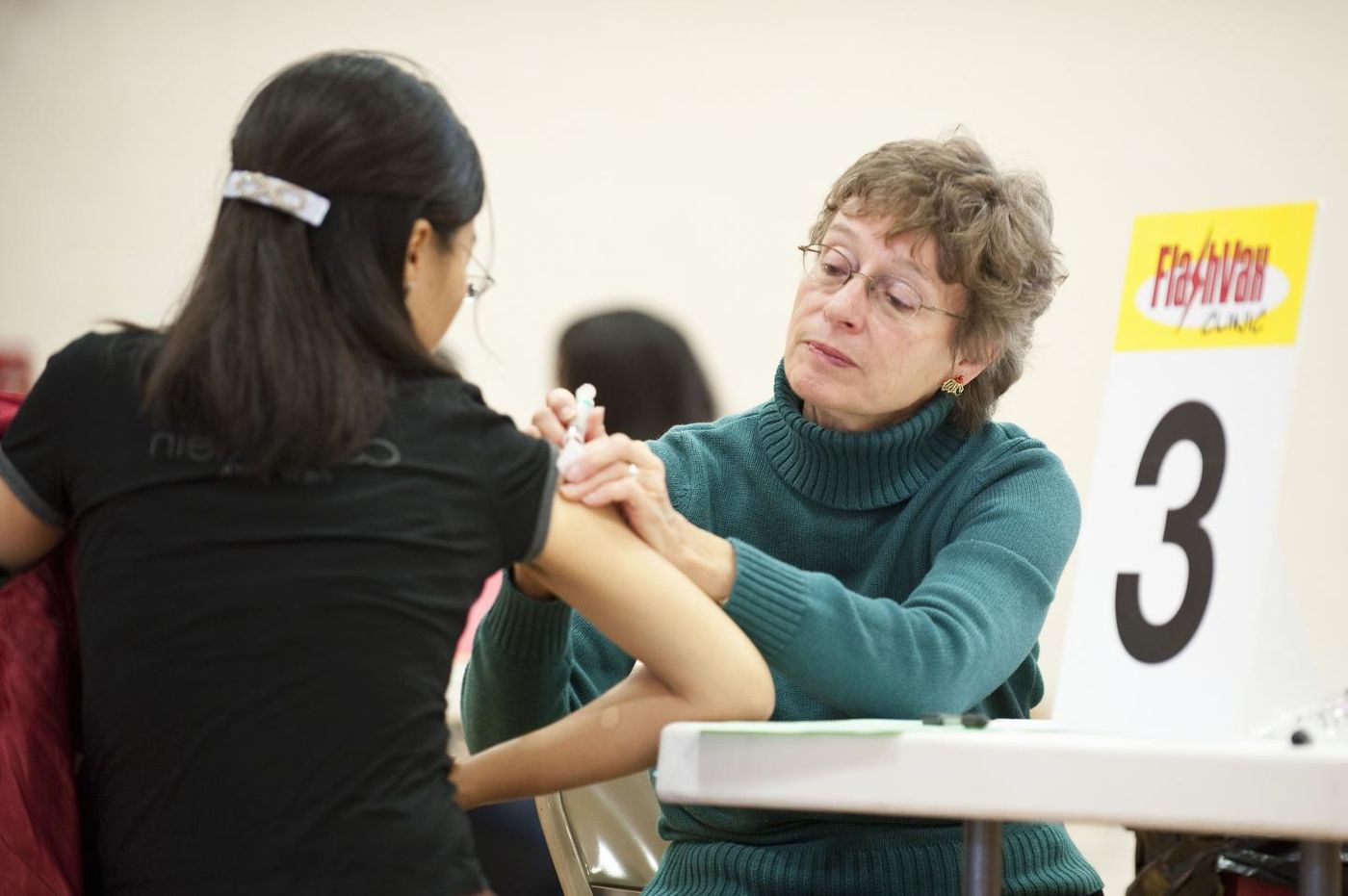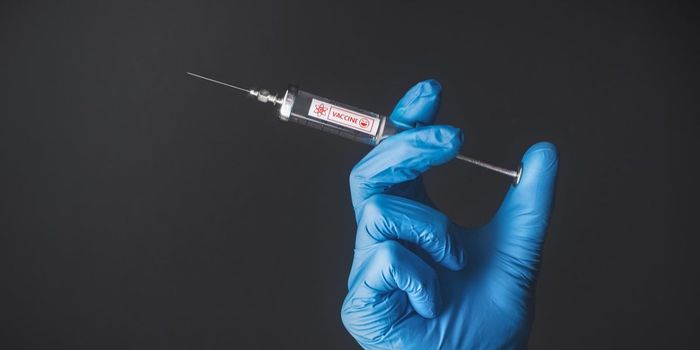Every year, scientists with the World Health Organization do their best to predict the most prevalent and dangerous influenza virus strains for the following year. In order for an ample supply of vaccines to be produced in time for flu season, the prediction must come months before the season’s viruses actually appear. While the world’s top scientists are hard at work every year studying mutation patterns in attempt to create the best preventative vaccine possible, the sheer difficulty of the prediction caused the 2014-2015 flu season vaccine to be less than 20 percent effective.
Scientists from the University of Wisconsin-Madison offer an opportunity to greatly improve the prediction process with a new system of studying mutation patterns, as described in their paper recently published in
Nature Microbiology.
In order for the flu virus to invade host cells, replicate their machinery, and move on to infect more cells, they rely on a surface protein called hemagglutinin (HA). HA proteins bind to sialic acids on the glycoprotein and glycolipid surface of host cells, allowing the virus to enter, make room for themselves, and get to work. When scientists discovered the relationship between HA proteins and flu invasion, HA quickly became the ideal drug target. However, if viruses randomly mutate to regenerate hemagglutinin, the antibodies whose production was primed by the flu vaccine are rendered useless.
The flu viruses is especially prone to mutating, participating in both antigenic drift and antigenic shift. Drift refers to the flu’s tendency to genetically change slowly over time, requiring a new and improved vaccine every year. On the other hand, antigenic shift describes the combination of two different flu strains infecting a single cell, making it possible for strains to pass between animals and humans.
The newly developed system from the University of Wisconsin-Madison stems from the creation of a giant collection of human H1N1 and H3N2 viruses that naturally experience random mutations in hemagglutinin protein. The researchers first exposed the entire collection of viruses with antibodies, and then they were able to isolate the population of viral strains that had evolved to completely avoid destruction by antibody.
With a large population of flu viruses with different mutations that protected them from antibodies commonly used in vaccinations, the scientists had a unique opportunity to understand the pattern of mutations through a technique called “antigenic cartography.”
"We can identify the mutations that will occur in nature and make those viruses available at the time of vaccine (virus) candidate selection,” said virologist Yoshihiro Kawaoka, PhD. “The mapping identifies clusters of viruses featuring novel mutation which can effectively predict the molecular characteristics of the next seasonal virus.”
The flu is an evasive pathogen indeed, but the new system developed by Kawaoka and his colleagues gives new promise for the prediction and production of the best anti-influenza vaccines every season.
Source:
Flu.gov,
University of Wisconsin-Madison,
The Journal of Biological Chemistry









